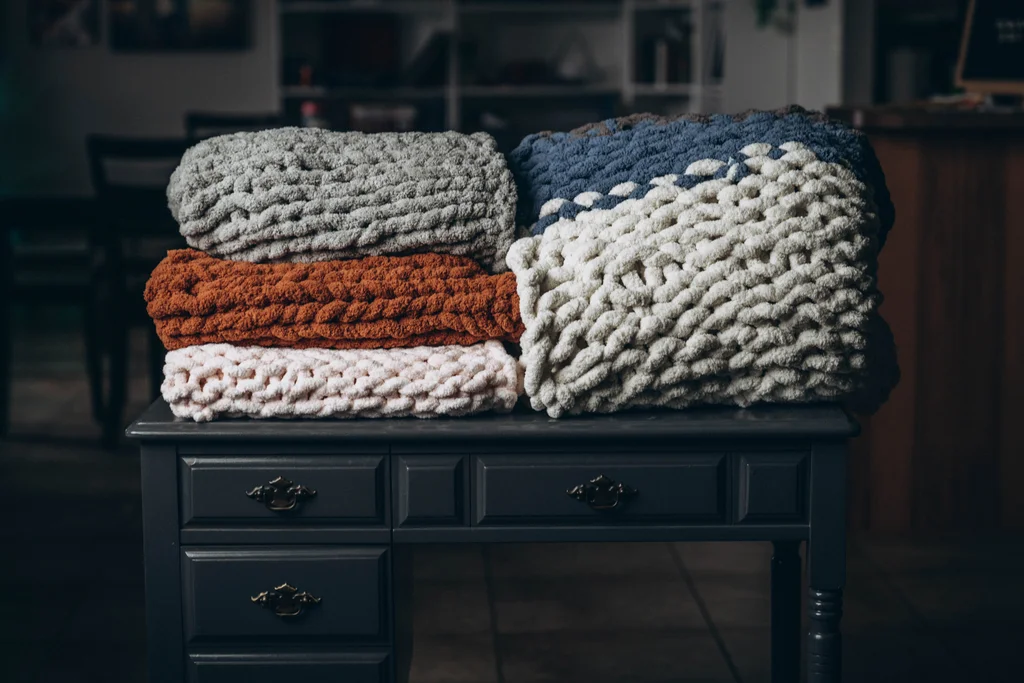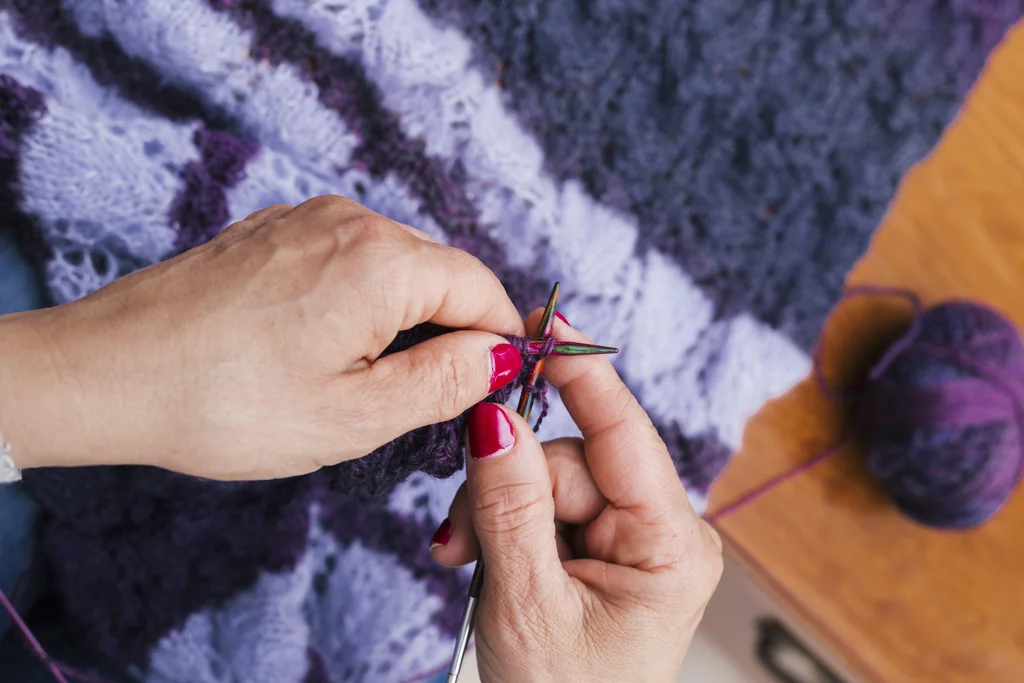Mastering Embroidery Blankets are popular because they combine practical art, a warm necessity, and the ideal personalized present. But blankets have their own problems: stitch consistency is more important than ever corners and edges need to be controlled and thick soft materials might shift Becoming expert in embroidery blankets is a joyful skill that combines tradition and modern design, ranging from delicate hand stitching to bold machine embroidery. This guide will teach you all you need to know about embroidery blankets, including styles, materials, techniques, and advice on how to make beautiful, long lasting and meaningful works,regardless of your level of experience or desire to do it yourself.
Best Fabrics For Mastering Embroidery Blankets:
When it comes to needlework, different textiles have different qualities. The appearance of your stitches is greatly influenced by the fabric texture thickness and flexibility. Let’s examine the top choices for blanket embroidered fabrics:
- Cotton: Soft, airy and simple to sew cotton is a good option for beginners.
- Linen: identified by its basic texture linen lends a refined natural appearance to embroidery.
- Fleece: Warm and modern, fleece needs practice since, if not done carefully, its soft surface can hide threads.
- Wool: strong durable and ideal for detailed beautiful embroidery designs. In colder climates blankets made of wool are perfect.
- Blended Textiles: Blends are strong and adaptable mixing the strength of artificial fibers with the softness of natural fibers.
Threads For Blanket Embroidery:
Selecting a thread is also very important. The best thread kinds for blankets are listed here, along with benefits and things to think about.
- Polyester Thread: Polyester is considered the best embroidery thread for machine embroidery by many embroiderers.
- Cotton Thread: Cotton is a timeless, delicate fabric. Stranded cotton and pearl cotton are the two primary forms.
- Wool Thread: They are great for crewel work and wool appliqué since they are usually thicker.
- Silk Threads: Silk threads add a rich touch and reflect elegance. They work well for delicate crafts since they are soft and sturdy.
How To Match Thread And Fabric:
The fabric and embroidery thread you choose may make or destroy your design. While a tiny silk thread on heavy fleece might disappear into the fabric, a dense wool thread on lightweight cotton might induce sagging. Durability and beauty are certain when both are in balance.
- For designs that are bold use contrasting colors.
- Try using thread and fabric of like colors for tone on tone embroidery for subtle elegance.
- Use thick thread for heavy blankets and thin thread for light materials to match the thread thickness to the cloths weight.
- Before adopting to the entire design always try the combination you have picked on a small corner.
2025 Design Inspirations:
Designs for blankets made with needlework in 2025 combine traditional and contemporary elements. Although floral motifs are timeless they are being reimagined through the use of 3D stitching geometric balance and metallic threads. Younger designers are increasingly using patterns inspired by nature, such as leaves vines and cosmic motifs. The demand for blankets with embroidered quotations and personalized logos is still high, especially for holiday occasions.

How to Maintain Embroidered Blankets:
After spending time making or buying an embroidered blanket it is crucial to take care of it properly to maintain its attractiveness Hand washing with a gentle detergent is frequently advised for delicate embroidery because machine washing can be too harsh If you are using a machine use moderate cycles in laundry bags for security. In order to prevent damage always air dry clothes instead of tumble dry Keeping embroidered blankets in airy cotton bags helps keep dust from building up and the fabric from turning yellow over time.
Common Embroidery Blanket Stitches:
Learning stitches that may give your blanket depth, character and variation is essential to becoming an expert embroiderer. Even if there are countless options some stitches are particularly distinctive for their charm and flexibility.
Role Of Embroidery Blanket In Fashion:
More than just fabric embroidery blankets are a symbol of long hours extreme care to detail and thread telling. Handcrafted needlework supports artists upholds cultural traditions and encourages thoughtful consumption at a time when quick fashion rules. Unique handcrafted goods with a backstory are becoming more and more popular with consumers than generic generic products. In addition to developing your creative abilities, learning to make embroidery blankets can help bring meaningful, sustainable design back into fashion.
Why Mastering Embroidery Blankets Are Trending In 2025:
The market for stitched textiles has increased due to the growth of slow fashion and personalized home décor. Unlike printed textiles, embroidery blankets appeal for modern consumers who value uniqueness because of the range of colors, texture, and handmade appearance. Creators displaying hand stitched blankets designs inspired by tradition and personalized embroidery gifts abound on social media sites. As the issue of sustainability grows more individuals are upcycling old blankets by adding embroidery decorations, giving them a new lease on life before throwing them away.
Quick Review:
- Select durable materials such as wool fleece linen or cotton.
- Adapt the type of thread cotton polyester wool or silk to the weight of the fabric.
- Test the colorfastness of the thread and prewash the fabric.
- For fleece or other flexible textiles, use stabilizers.
FAQ’s:
What is the best fabric for embroidery blankets?
The softness, durability, and ease of stitching of cotton, linen, muslin, and flannel make them attractive materials for embroidery blankets.
Which thread works best for blanket embroidery?
Depending on the desired appearance, luster, and durability, cotton embroidery floss, silk threads, and polyester threads are frequently employed.
How do I choose the right thread count for embroidery fabric?
The best fabrics for striking a compromise between strength and stitch clarity are those with a medium thread count, such as 150–200 thread count cotton or 14–18 count aida.
Can I wash an embroidered blanket?
Yes, but wash on gentle cycles with mild detergent. Hand washing is preferred to preserve stitches and fabric quality.
Is machine embroidery better than hand embroidery for blankets?
Both are effective; hand embroidery adds a unique, creative touch, while machine embroidery is quicker and more reliable.
Read More Articles https://trendythreads.net/the-art-of-thread-5-reasons-embroidery-is-so-popular-right-now/




